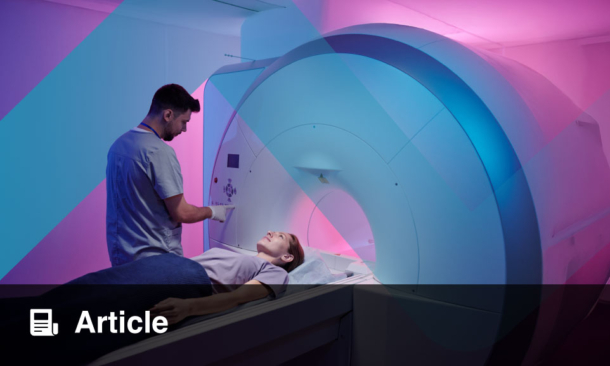A BLOOD test identifying nine specific microRNAs has been found to distinguish adolescents with depression from their healthy peers, offering a promising new biomarker for early detection and intervention in teenage depression.
Adolescent depression is a growing public health concern, often leading to chronic symptoms, poor treatment response, and lifelong mental health challenges. Traditional diagnosis relies heavily on self-reported symptoms, which can be subjective and may delay care if young people are reluctant or unable to articulate their experiences. There is an urgent need for objective, biological markers that can support early identification and targeted intervention for at-risk teenagers. MicroRNAs, which are small molecules that regulate gene expression and neurodevelopment, have emerged as potential candidates for such biomarkers, but their role in adolescent depression has not been well understood.
In this study, researchers analysed dried blood spot samples from 62 adolescents, including 34 with clinically diagnosed depression and 28 psychiatrically healthy controls. Using a specialised small RNA sequencing protocol, they identified nine microRNAs that were significantly upregulated in the depressed group (adjusted p-value < 0.05). Importantly, these microRNAs were not previously associated with adult depression, suggesting they may reflect biological processes unique to adolescence. Further analysis showed that three of these microRNAs—miR-3613-5p, miR-30c-2, and miR-942-5p—were positively correlated with depression severity at follow-up, but not with anxiety, indicating a specific link to persistent depressive symptoms. Additionally, expression of miR-32-5p was inversely associated with hippocampal volume, pointing to a potential neurobiological mechanism. The predicted gene targets of these microRNAs are involved in neurodevelopment, cognitive processing, and depressive disorders. The study’s use of minimally invasive dried blood spots, collected via finger prick, highlights the practicality and scalability of this approach for broader screening and research.
These findings provide a foundation for developing blood-based screening tools to identify adolescents at risk of depression before symptoms become severe or entrenched. For clinical practice, the use of microRNA profiling could enable earlier, more objective diagnosis and support timely intervention, potentially improving long-term outcomes for young people. Future research should focus on validating these biomarkers in larger, more diverse populations, and exploring how they interact with genetic and environmental risk factors. Ultimately, integrating such biological markers into routine mental health assessments could help transform the early detection and management of adolescent depression.
Reference
Morgunova A et al. Peripheral microRNA signatures in adolescent depression. Biological Psychiatry Global Open Science. 2025;14:100505.








